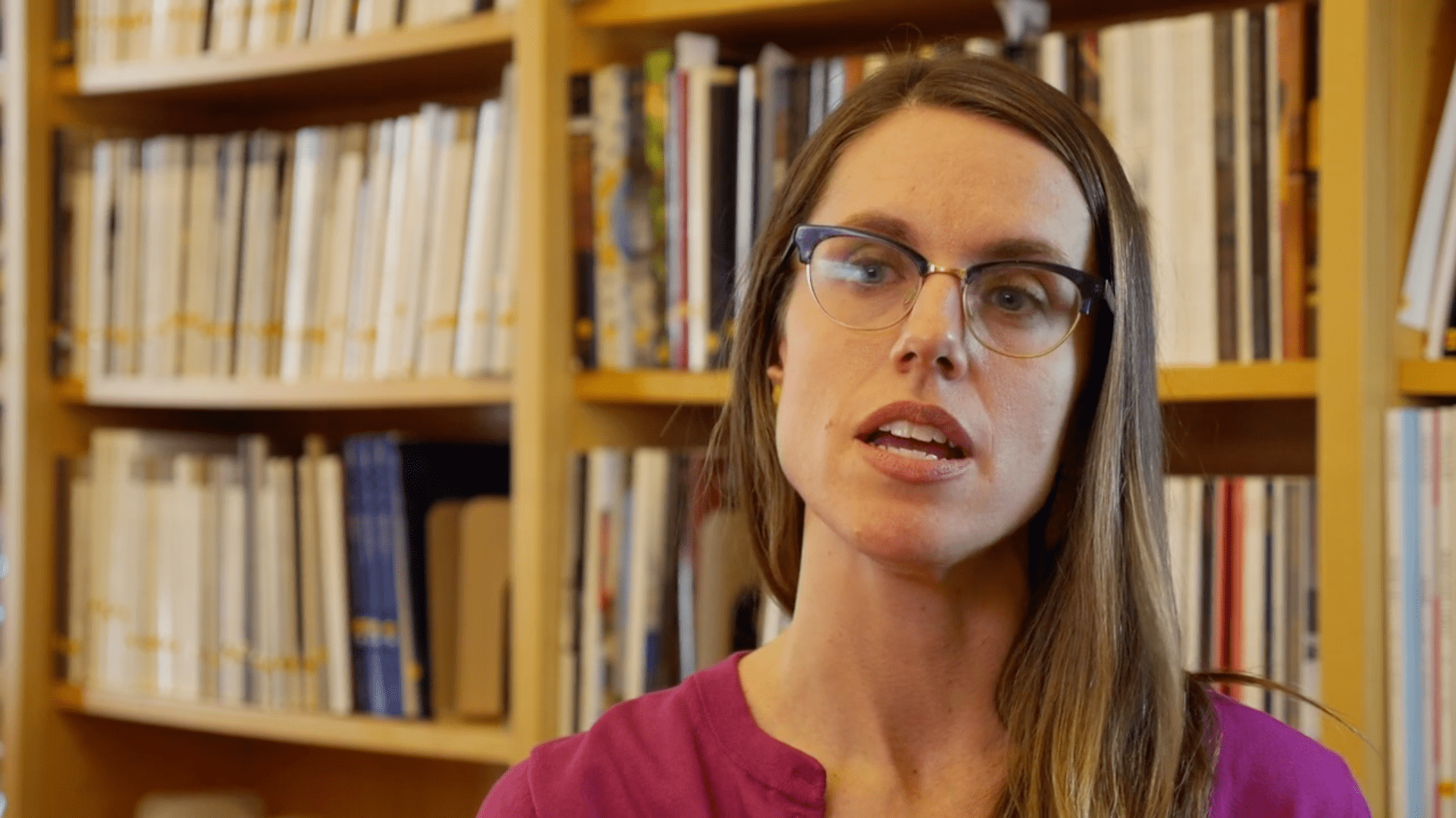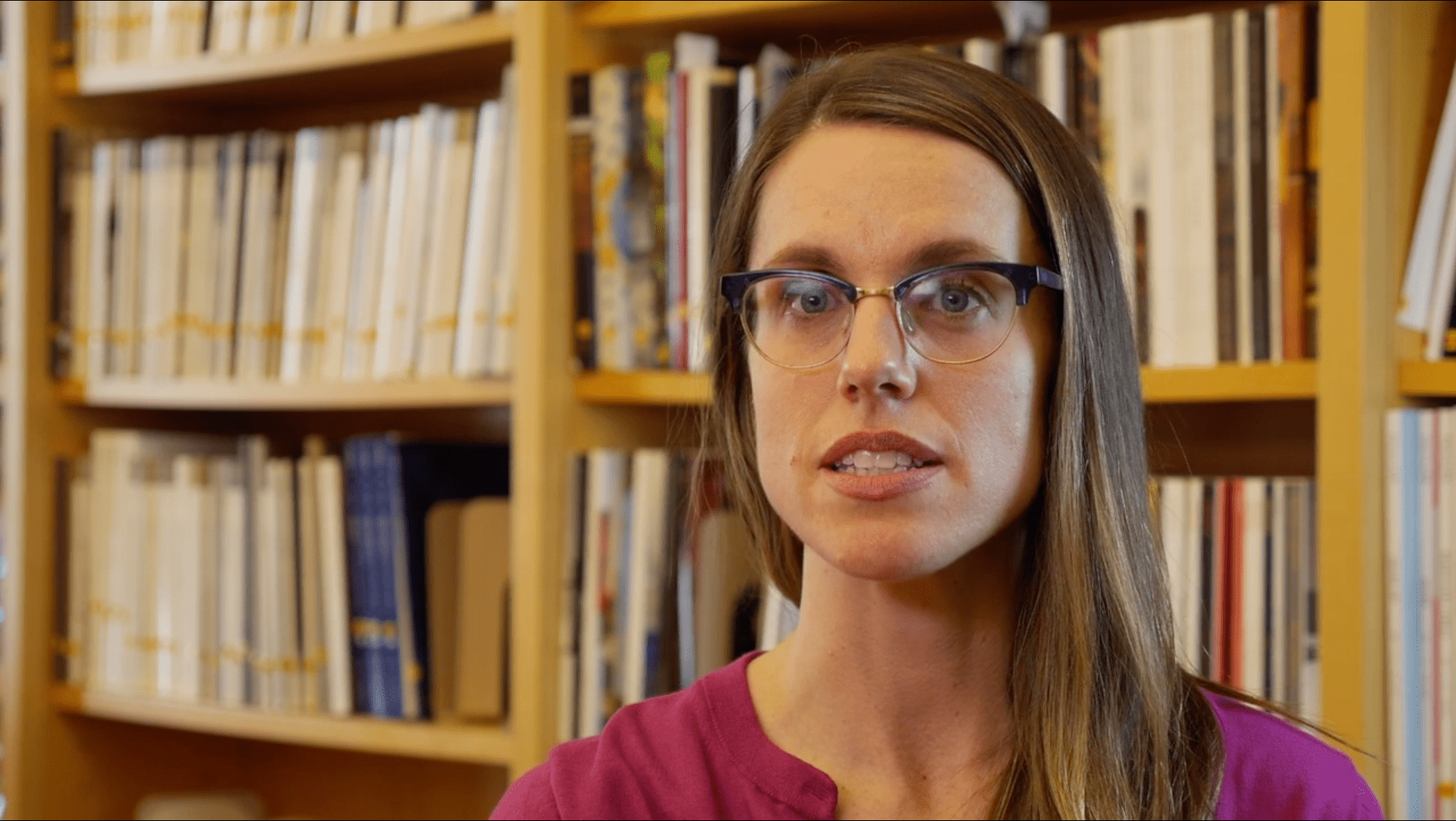
Courtesy of the Aldrich Contemporary Art Museum.
Cybele Maylone
Cybele Maylone (1980– ) is the executive director of The Aldrich Contemporary Art Museum. A non-collecting institution located in Ridgefield, Connecticut, The Aldrich was one of the first contemporary art museums in the country and is today one of the oldest. Prior to leading The Aldrich, Maylone spent five years as the executive director of UrbanGlass in Brooklyn, New York, overseeing the organization’s expansion and reopening in 2013. She has also held positions at the New Museum of Contemporary Art and apexart.
Media



Former UrbanGlass Executive Director Cybele Maylone discusses NYEGW’s founding and early days.
02:01 Transcript